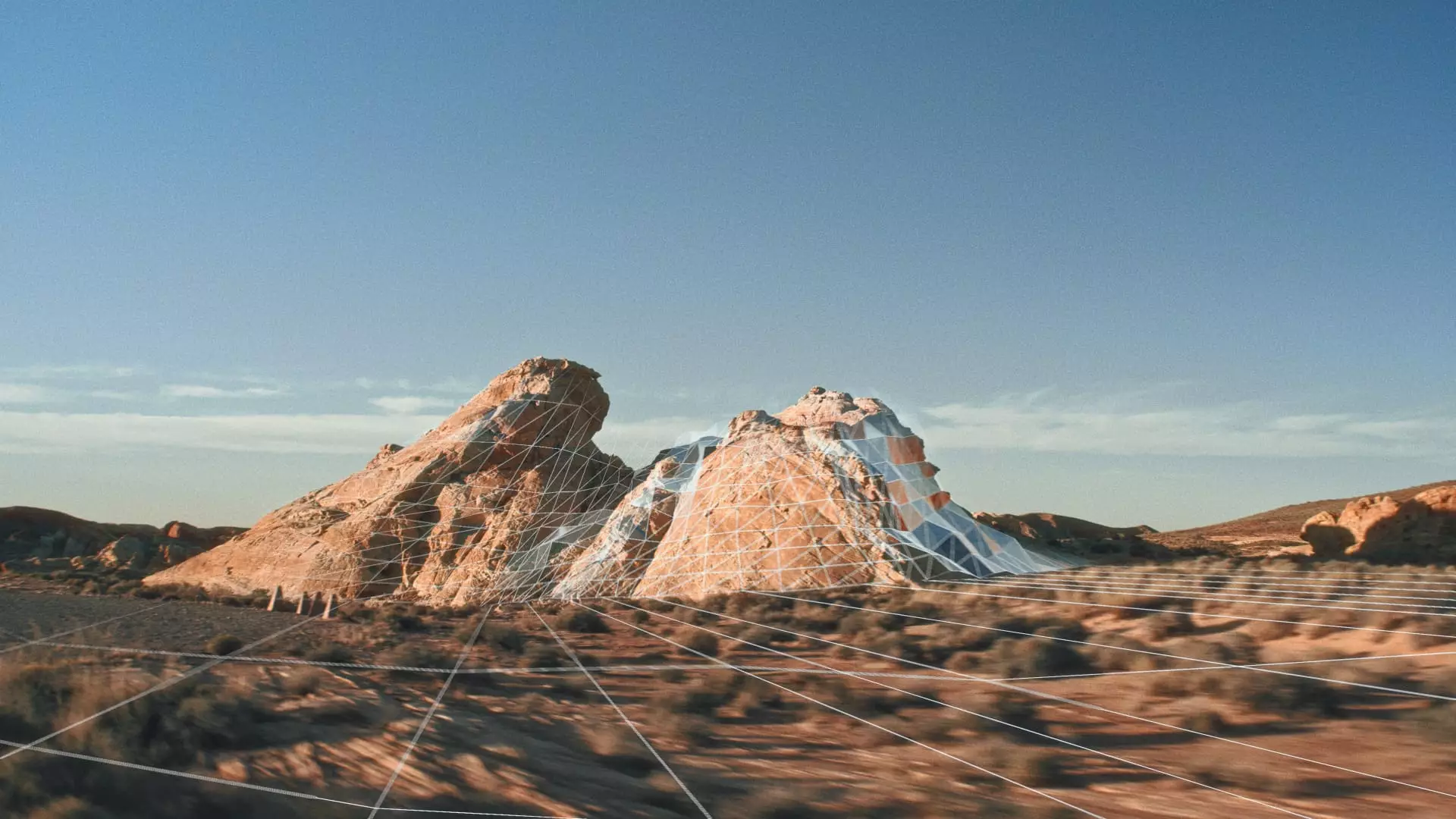As technological advancements continue to disrupt traditional industries, mixed reality (MR) stands at the forefront of this evolution. Finnish startup Distance Technologies is on a quest to democratize mixed reality by integrating augmented reality (AR) into everyday automotive and aerospace environments. With a recent funding round totaling 10 million euros (approximately $11.1 million) led by GV, the venture capital branch of Alphabet, Distance is positioned not just to innovate, but to transform how we interact with our vehicles and aircraft.
Traditionally, augmented reality applications have relied heavily on bulky hardware like headsets or glasses, which can detract from user experience. Distance Technologies differentiates itself by targeting transparent surfaces—namely windshields and cockpit displays—as canvases for its technology. By eliminating the need for cumbersome devices, Distance enhances usability and aesthetic quality, a critical factor in consumer acceptance of mixed-reality solutions. The focus on software-driven systems fosters an experience that feels innate, as users won’t have to scaffold their vision with additional gear.
Distance’s technology utilizes precise tracking mechanisms to interpret the user’s gaze. By analyzing eye positions, the system adjusts light fields dynamically, thus creating lifelike 3D projections on transparent surfaces. The technology employs a unique set of optical layers placed over standard LCD screens, allowing for a seamless fusion of the digital and real worlds. This capability of projecting images to the exact focal point of the viewer’s eyes signifies a leap towards achieving a genuine immersive experience—a hallmark of successful mixed-reality applications.
Distance Technologies primarily targets markets within automotive, aerospace, and defense. Each of these industries stands to benefit significantly from enhanced visual interfaces, which can improve situational awareness and operational efficiency. This adaptability not only broadens Distance’s market appeal but also sets the stage for creating a standard for digital overlays across diversified environments. The prospect of life-size 3D depictions through the windshield or cockpit could transform driving and piloting, making both tasks notably safer and more intuitive.
Challenges of Commercialization
Despite the promising technology, Distance Technologies faces considerable hurdles in commercializing its mixed-reality solution. Mixed reality devices remain prohibitively expensive for most consumers. For comparison, products like Apple’s Vision Pro or Microsoft’s HoloLens 2 retail for about $3,500 each. As highlighted by industry stakeholders, creating an affordable MR device while maintaining quality is a significant challenge. Therefore, Distance’s potential to streamline production costs while enhancing functionality is essential for capturing a substantial market share.
The automotive industry is not a stranger to AR technology; several enterprises have taken early steps to incorporate heads-up displays across various vehicle models. Notable companies, including Huawei, as well as technology firms like Bosch and Continental, are vying for leadership in this competitive landscape. However, Distance Technologies distinguishes itself through its software-centric approach. By enabling a comprehensive projection across any transparent surface, the user experience becomes significantly holistic, overcoming limitations seen in existing technologies, which often restrict display capabilities to specific areas.
With the initial funding in place, Distance is now transitioning from the research phase into product development. As CEO Urho Konttori notes, moving forward will require building close partnerships with prospective clients to fine-tune specifications and finalize designs for rollout. The need to navigate the complexities of product evolution will be crucial; the optics technology must evolve to meet the rigorous demands of real-world applications in various industries.
Distance Technologies stands at the precipice of a transformative moment in mixed-reality applications, poised to reshape user interaction in automotive and aerospace sectors significantly. The successful integration of its AR-enhanced systems could herald a new era of user interface design, characterized by an intuitive connection between technology and the user. As Distance Technologies prepares to embark on this exciting journey, the implications of their innovation may set a global precedent for how we visualize and interact with world around us in the not-so-distant future.

